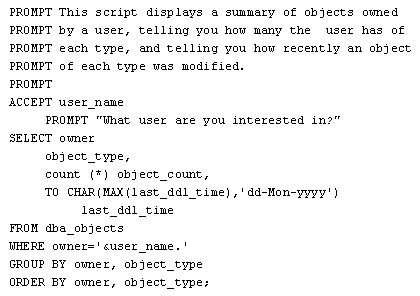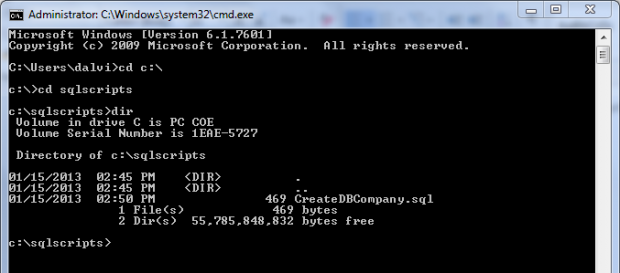
The same key combination in SSMS is reserved, but doesn’t reformat a query (apparently it’s a feature in the “text editor” only). NET code, Ctrl+K, Ctrl+D “prettifies” the code–fixing indents, line breaks, and so on to improve readability. SQL Prompt gives you more options for its behavior that SSMS’ Intellisense, also.ģ.

SQL Prompt is also alias-aware, and will make suggestions for temporary tables and procedure variables, including table variables. The suggestions are filtered in the same way as you type the object name, making it very quick to select what you need with only a few keystrokes. Then user views, system objects, and so on. All user tables are listed first, arranged alphabetically. In contrast, SQL Prompt groups objects by type, then alphabetically. This will get annoying fast if you’re a down-arrow user, or if your tables start with the same letters as system objects. SSMS’ Intellisense orders everything alphabetically–user tables and views are mixed in with system objects. In SSMS, the implementation isn’t as smooth. IntelliSense is Microsoft’s trademark for the “what we think you mean to type next” feature, and in. As with snippets, SQL Prompt has a better implementation of an existing SSMS feature.

#HOW EXECUTE SQL PROMPT HOW TO#
Here’s how to insert a snippet, and here’s how to create one. It’s true that since 2012, SSMS has also had snippets, but working with them is clunky. You can even easily make your own snippets, or grab one from the community repository at.

How many times do you start with “Select * From” or “Select Top 100 * From”? How often do you love typing all of that, each time, over and over and over again? Work smart with SQL Prompt, and type “ssf” or “st100” followed by any key, and have those commands auto-expanded for you. Either way, if you use SSMS, SQL Prompt will make your life better. One of my favorite tools is SQL Prompt, an SSMS plugin that adds “missing” functionality, or has similar features which work better. NET as well as my SQL Server and MySQL work. Working smarter is one of the reasons I’m such a fanboy of RedGate’s products, both for my. That’s not to say I’m lazy–quite the opposite–it’s to say we all need to put some time into working smarter. I put a lot of thought into doing the least amount of work possible, and you should too. For Florists (and other small businesses).rjdudley on Blinking an LED with Raspberry Pi 2 and C# Mono.rjdudley on Creating a simple dynamic menu in ASP.NET MVC.on Blogdigger: Find Bloggers Near You.Sheldon Hull on 10 Reasons You Need SQL Prompt 7.rjdudley on 10 Reasons You Need SQL Prompt 7.Preview Review: AWS Outpost Micro Appliance.Can a customer managed IAM policy override AWS managed IAM policies?.Or you can use a different type of var and you can set it up front so you are not bothered by the prompt.I will get around it but it sure would be nice to have. Run 1 look for Dave, run 2 look for Charlie, etc. Yeah, but imagine how nice it would be if it prompted you at runtime to choose the firstname you are looking for. Grrr.īit of a paradigm shift eh? I can imagine if you are used to something else this might annoy you but I've never resented having to change a variable value declared at the top of a script that much.All the best,-Charlie Well hell, what good is a variable in the query analyzer thing if I have to declare it up front every time.

You don't.you must do:declare int - or other datatypeselect = 1 - or value you needselect * from any_table where field1 = trouble since 1980Blog: up SSMS development: it's not going to prompt you it's just going to complain about a missing parameter.-Charlie In Oracle, I can write something like this:select * from any_table where field1 = '&1' Upon execution, sqlplus or other compliant clients will prompt me for the value of &1 and then run the query.How do I do something similar in ManagementStudio 2005?TIA We've got lots of great SQL ServerĮxperts to answer whatever question you can come up with.


 0 kommentar(er)
0 kommentar(er)
